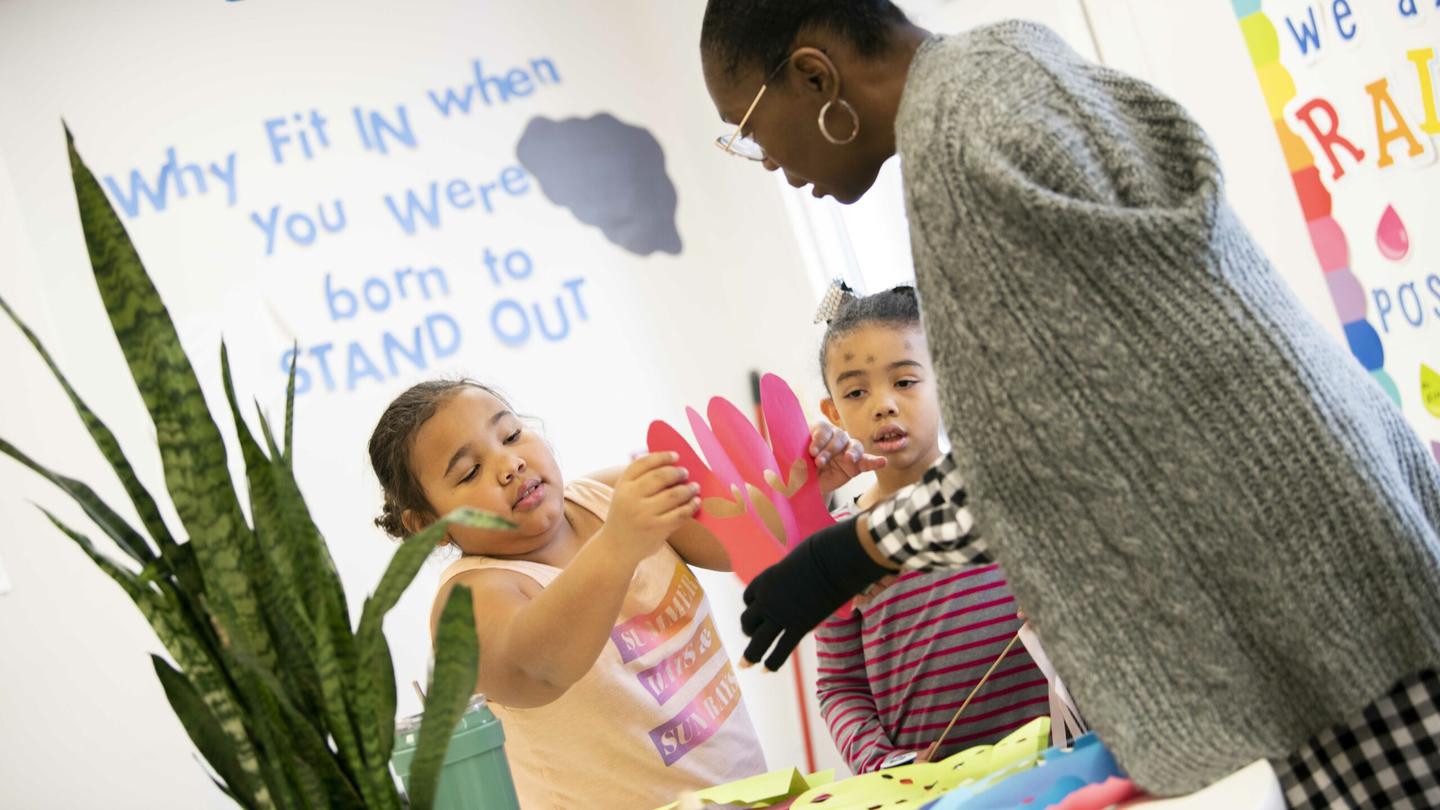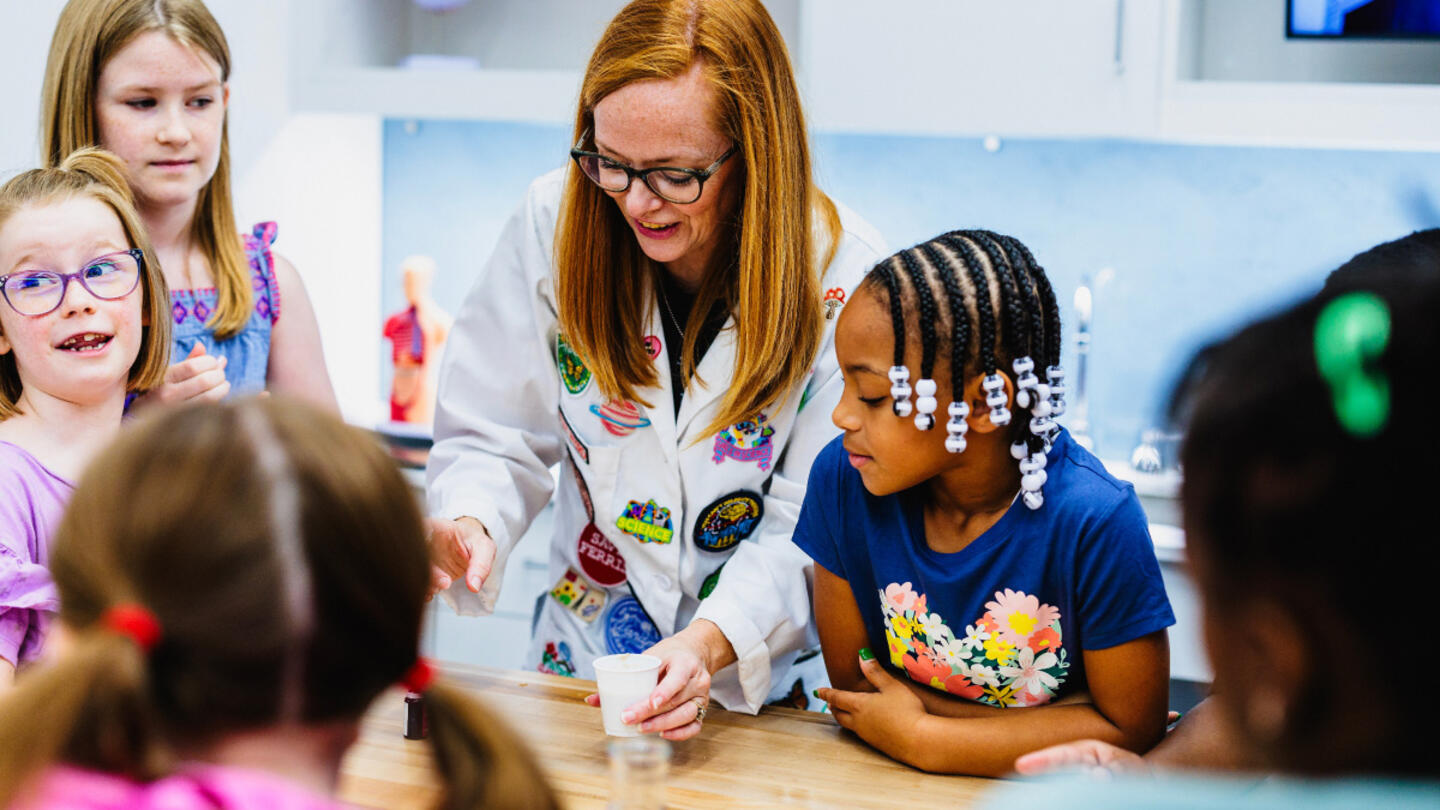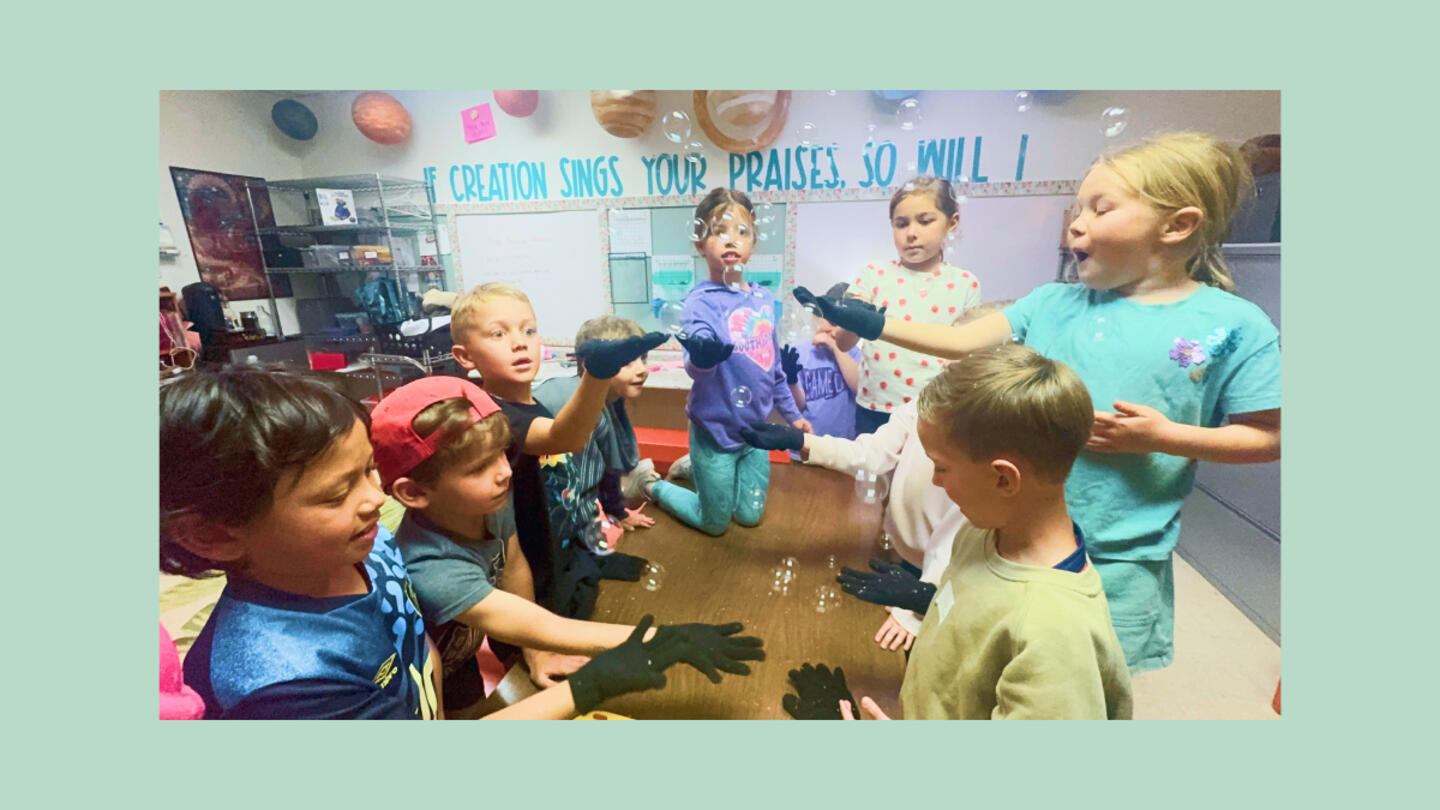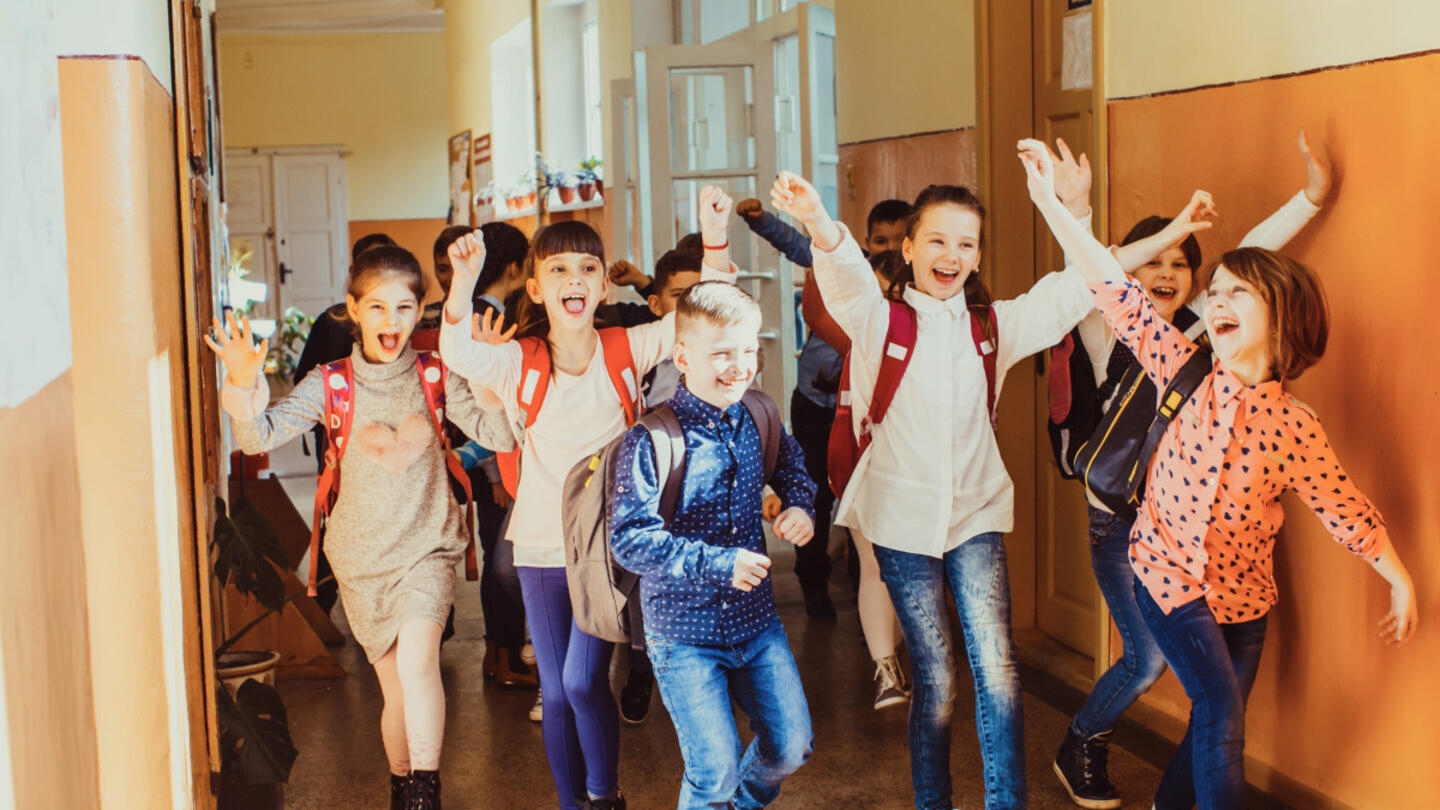This article was originally published by Stand Together Trust.
History will point to the COVID-19 pandemic as a time of great hardship, upheaval, and uncertainty. Will history also say it was the pandemic that was a tipping point for education -- away from a one-size-fits-all mindset to an individualized approach?
That transformation seems increasingly likely, according to recent data from Tyton Partners, funded by Stand Together Trust and the Walton Family Foundation. Tyton's School Disrupted 2022 publication surveyed 6,000 parents across the United States about enrollment dynamics, learning preferences, and the future of traditional and student-centric school models.
"After the pandemic subsided, many expected K-12 enrollment would return to its pre-pandemic distribution," the Tyton report explains. "However, our analysis indicates that the seismic shift in K-12 enrollment persists as more parents choose to homeschool their children or enroll them in a charter or private school. Parents say the primary reasons for this shift are to combat learning loss and safety concerns. Moreover, the flexibility, adaptability, and personalization these alternatives offer are attractive to parents."
Said another way, parents may have moved their children due to factors related to the pandemic. However, as they saw their children thrive in learning environments better suited to their unique aptitudes and passions, they decided to stay in these alternative school models. The shift into alternative school models didn't always mean a complete departure from traditional school settings, either. Some alternative models combine traditional public school practices with other learning options.
As life returns to normal, these parents have discovered a new normal for education on the horizon. Key findings from Tyton's three-part School Disrupted 2022 series will be valuable for parents, educators, and entrepreneurs invested in the transformation of education today.
Key finding #1. Parents prefer student-centric learning environments
According to Tyton's research, more than half of parents prefer:
- Learning in small groups of less than 10 students
- Multiple learning sites outside of the classroom
- A flexible daily schedule driven by the student's needs
Increasing class sizes have been a concern of educators and parents for years. Microschools are a growing learning model that puts an emphasis on smaller class size, allowing for more flexibility and a tailored school day that better meets student's aptitudes and needs.
The foundation of a microschool is a personalized approach to education where the teacher, more often called a "guide," creates a dynamic that allows for the student to self-direct their learning and the "guide" to assist when issues like motivation, distractions, or other behavior or academic issues interfere with progress.
The microschool settings may be as diverse as the students. And that diversity is another ingredient to their success.
Some microschools focus on training their teachers to identify and respond to trauma because their students are living in unstable settings. Other microschools immerse kids in nature or field trips in order to inspire students to see learning as a lifelong journey that can happen anywhere.
The educators, parents, and learners at Education Reimagined also share the desire for learning as a lifelong journey. Their project, The Big Idea, which received support from Stand Together Trust, invites people to reject the idea that learning for children needs to take place only in a school setting.
Ecosystems of learning, as The Big Idea calls them, could connect young people to learning experiences across their communities, allowing them to experience how their unique gifts contribute to fostering a healthy society.
Students would begin their days at a home base, where they work with advisors to set their learning goals and pathways and build relationships with peers of all ages. From their home base, students may have learning experiences at field sites, internships or jobs, and service learning.
There are a lot of obstacles to work through in order to make a radically different approach to learning -- factors such as transportation and community involvement required for the creation of field sites, internships, or jobs. Anyone interested in transforming education today can join the conversation at The Big Idea to brainstorm solutions to these obstacles and move learning to a more equitable and successful level.
Key finding #2. Multi-site school models may offer a bridge to more student-centric environments.
Multi-site learning is a model that existed prior to the pandemic, but certainly more families opted for it in recent years. Tyton Partners estimates that "approximately 15 million students are currently participating in a multi-site schooling model." Many students have combined classes from public and private schools with homeschool options, so that they can individualize their education and start working toward their career aspirations.
Take for example Dominic Stewart-Guido's education path. Dominic decided to start homeschooling at the age of 13 after repeated discipline issues at school coupled with the fact he was often ahead of his class because he found the work to be easy. He quickly found The 1881 Institute, a VELA Education Fund grantee, and an organization that helps learners of all ages start careers in engineering and technology. Simultaneously, Dominic enrolled in classes at the local community college -- at the age of 13 -- and took music classes five days a week at the New Orleans Center for Creative Arts, a public school in the area.
Dominic traveled to various locations using the public bus system in New Orleans. "It definitely is more difficult to get everywhere in a timely fashion when I have different locations during the school day," Dominic explained in a blog post for VELA. "If I wasn't invested in creating a schedule and organizing things, I wouldn't be able to do any of this stuff. It takes being very applied to academics to work out something like I'm doing right now."
His focus on charting his own education path paid off. At the age of 16, Dominic earned his associate degree from Delgado Community College, graduating with a concentration in mathematics and a 4.0 GPA. This success wouldn't have been possible for Dominic without trying an alternative approach to school.
Key finding #3. Awareness significantly predicted parents' likelihood of enrolling in alternative school models
One thing is clear, the pandemic expanded awareness about alternative models of education. For many parents, sending their child to a nearby school was a "set it and forget it" decision. When parents saw firsthand in their homes their child's learning potential and struggles, many of them started researching alternatives.
Some parents even went to work, creating educational settings to fill a void they were seeing in their children's learning. The VELA Education Fund was launched in 2020 with funding from Stand Together Trust and the Walton Family Foundation in order to financially support these everyday entrepreneurs. Microschools, after school programs, homeschooling curriculums, and more make up the various learning models VELA funds.
VELA also helps to accelerate their growth and increase awareness of learning opportunities that best suit a family's values. That awareness is critically important to creating a culture that values and supports alternative learning models.
The Tyton study found that a 10% incremental increase in overall awareness of alternative school models corresponded to a 40% increase in likelihood of enrolling. Tyton notes, however, that parents still prefer the convenience and perceived lower cost of public schools.
"Therefore, district public schools have an opportunity, in the wake of the pandemic, to be more responsive to parents' shifting preferences and stem potential disenrollment of students," the Tyton report explains. "This likely requires a reimagining of the learning options provided to students to foster more alternative experiences."
The public school system was created on a factory model with emphasis on efficiency and uniform standards. Success and meaning in the 21st century can take on endless forms, which is why students will benefit most from an education journey that is personalized and flexible. In that way, they can discover, develop, and deploy their unique talents.
To read the full School Disrupted 2022 findings, click the links below:
School Disrupted Part 1: Pandemic-drive decline in K-12 public school enrollment continues
School Disrupted Part 2: Multi-site Schooling as a Bridge Between Traditional and Student-Centric Learning
School Disrupted Part 3: What Parents Know (Don't Know) Impacts Schooling Decisions
***
Stand Together Trust provides funding and strategic capabilities to innovators, scholars, and social entrepreneurs to develop new and better ways to tackle America’s biggest problems.
Learn more about Stand Together's education efforts and explore ways you can partner with us.



